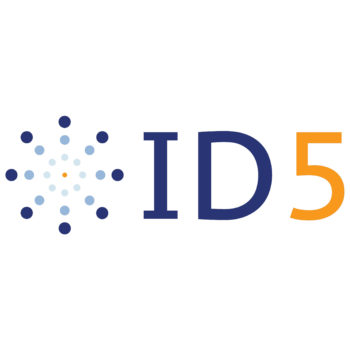Reliance on Cohorts and Deterministic Signals Not Enough for the Industry to Thrive in the cookie-less future, Finds ID5’s Identity Report
by on 6th May 2021 in News

ID5, the independent universal ID solution for digital advertising, has released its second edition of The State of Digital Identity, an industry report that examines identity in digital advertising. ID5 surveyed 133 digital advertising professionals through October and November 2020 to understand how perspectives on identity in the digital advertising space have changed and to analyse what challenges are now most concerning for publishers, brands, agencies and ad tech platforms in 2021. The report also sheds light on what industry players are doing to tackle these concerns, and whether they are, or soon will be, implementing strategies and supporting initiatives designed to solve the identity crisis.
The latest report finds that identity is increasing in priority across the digital advertising landscape: 82% of all respondents said they consider digital user identification as ‘very important’ for their businesses. The adoption of universal ID solutions is on an upward trajectory, with 43% of industry respondents reporting that they are already involved with universal identity providers and an additional 43% reporting that they are in the evaluation stage.
Mathieu Roche, co-founder and CEO at ID5 comments: “There has been a critical shift in the number of industry players working with universal identity providers, with survey respondent implementation going from 13% to 43% in the time between our 2019 and 2020 surveys. This shift illustrates an increase in the awareness of identity as a top priority for the digital advertising industry”.
Ranking identity as a top priority is especially apparent for publisher respondents. 2020 results found a 10% increase in the number of publishers ranking identity as a top priority compared with 2019 results. A catalyst for this increase can be assumed to lie with the large CPM drop in browsers where third-party cookies are not available, with 88% of publisher respondents reporting a CPM decrease of between 10-60%, and 37.5% of these seeing a reduction of 30-60%. This increase in the prioritisation of identity is also apparent through the rate of SSP’s being asked by publishers to integrate universal ID solutions in particular, with 63% reporting having received these very requests.
As a result of third-party cookies being set to depart from all major browsers by 2022, the testing and implementation of identification alternatives are rising. Some solutions rely solely on collecting hard signals, such as hashed email addresses and phone numbers, to identify users. Despite this deterministic method being a highly accurate alternative to third-party cookies, results suggest that it does not offer enough scale. Almost 70% of publisher respondents reported having 30% or fewer logged-in users, and 44% have less than 10%.
On top of this, the report finds that concerns continue to grow surrounding the implementation of cohorts initiatives, such as Google’s Privacy Sandbox, which aggregates users’ personal data into ‘cohorts’ based on their browsing behaviours. 72% of respondents say that cohort initiatives will not provide the same level of efficiency and differentiation as user-level identification in some instances, and 22% believe that they won’t match up whatsoever.
Roche adds: “These results show how crucial it is to offer publishers an alternative addressability infrastructure to power their advertising business model by combining deterministic and probabilistic identification methods. The concerns felt by industry players with regards to cohorts are clear: they are not a viable addressability method, they are not the only way forward, nor does the industry want them to be”.
DataDigital MarketingIDPost-CookieTargeting








Follow ExchangeWire